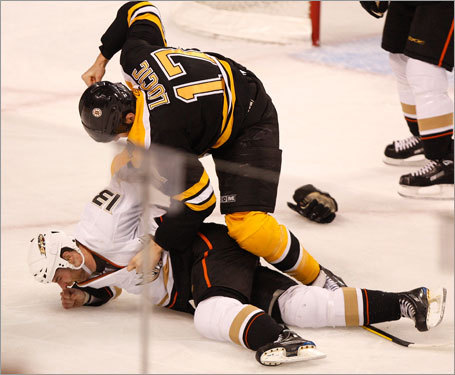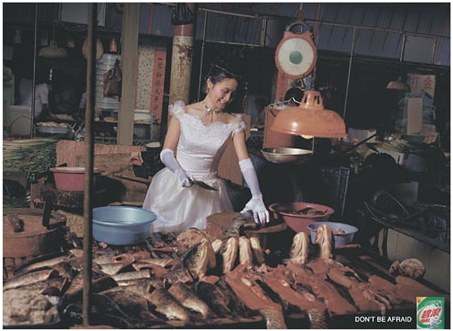Sew La Ti Embroidery [Search results for team]
East Asia: 800-year-old Buddhist statue of 'goddess with thousand hands' restored to former glory

It's My Team!

Madagascar: Explorers say pirate Captain Kidd's treasure found in Madagascar

Iraq: Digitising Iraq’s cultural heritage

Travel: Replica of prehistoric Chauvet cave opens

Heritage: Dating, understanding and appreciating the Aboriginal Rock Art of the Kimberley

USA Team

Italy: Satanic symbols carved into ruins at Ostia Antica

That Thing You Do?

Superslim Princess Beatrice keeps shedding pounds thanks to 'water and fruit diet'

Date Night: Milan Lucic 2011 best the Flame

Lebanon: The archaeology of conflict-damaged sites

Heritage: Unearthing Vadnagar

Tom Andersen talks about horror, 3D & pissing Hollywood off

Cher Lloyd shows off blue bra in 'Swiss cheese' style top before her new single gets premiere on Radio 1

The Bulldogs (based on an underground comic-book)

Snyder Delivers a Sucker Punch to Your Pants

Near East: Triumphal arch of ancient city to return to former glory

Shocking before and after images reveal how giant tornado ripped apart Joplin's city landmarks

I love my bed!

